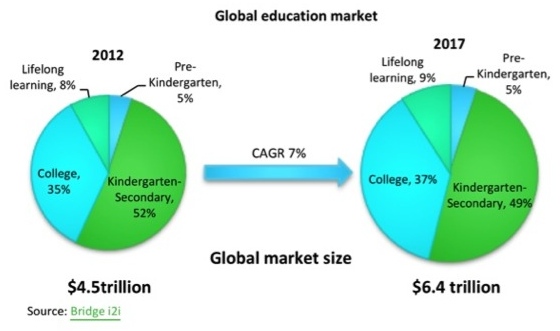February 2015: Demand for many resources already exceeds what the planet can supply. A rapidly growing global population and rising incomes in many parts of the world means more people, consuming more resources: Food, water, and energy, as well as goods and services. Already we are well past the point where the Earth can replenish the resources we consume and if current consumption trends continue, by the mid-2030s analysts suggest the world’s population will demand twice as many resources as the planet can supply – risking disasters and conflicts as people and nations compete for ever scarcer resources.
Water is now being referred to as the “new oil.” Increased per capita use in rapidly developing economies (RDEs) and greater scarcity of freshwater worldwide, exacerbated by pollution and climate change, means individuals and businesses will need to reassess the value of what has been to date a “free” resource. There will likely be increased geopolitical tensions over control of water supplies, given that well over half the world’s countries share critical water resources with other nations. In this briefing we explore the challenges around increasing water scarcity as well as some innovative ways that these are being tackled.
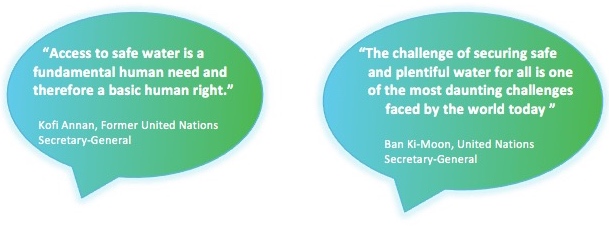
Also see our slideshow presentation of The Water Challenge
Continue

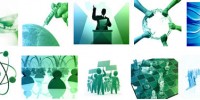
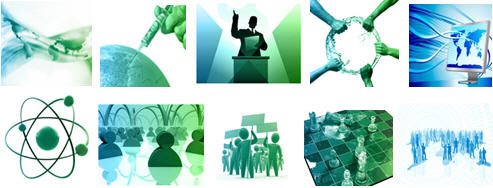
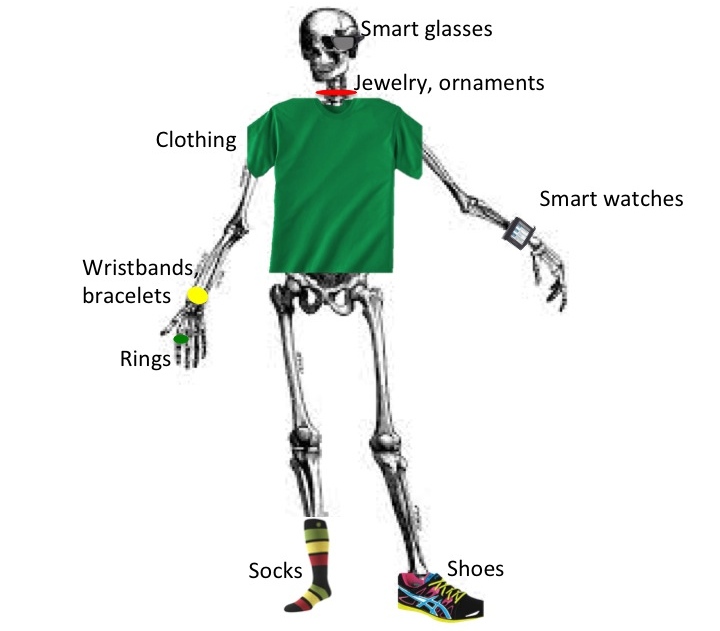 Widely proclaimed as “the next new thing,” in reality, the wearable concept is nothing new.For centuries, human beings have adorned their bodies with gadgets, whether for utility or show or both. While it has existed for decades, the concept of “wearables” did not really take off before 2011 when Google developed its first prototype of what is now known as Google Glass.
Widely proclaimed as “the next new thing,” in reality, the wearable concept is nothing new.For centuries, human beings have adorned their bodies with gadgets, whether for utility or show or both. While it has existed for decades, the concept of “wearables” did not really take off before 2011 when Google developed its first prototype of what is now known as Google Glass. 
